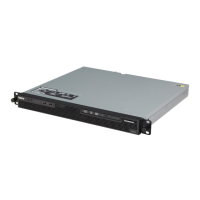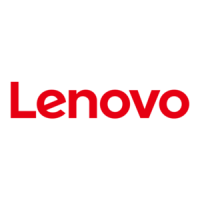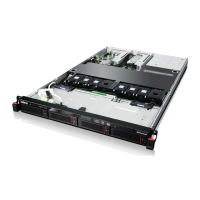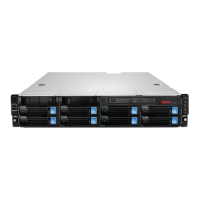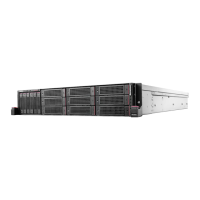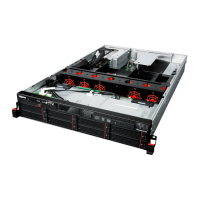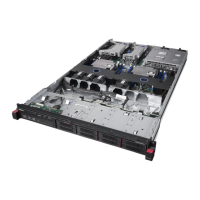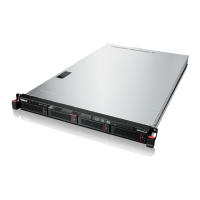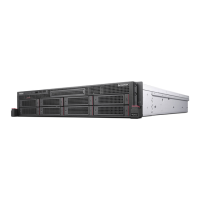Using Mini-EasyUpdate
This section provides information about using Mini-EasyUpdate.
There are two modes to run Mini-EasyUpdate:
v GUI mode
– If you execute the MiniEasyUpdate.exe file directly, Mini-EasyUpdate searches
for the update packages from the default repository in the folder where the
Mini-EasyUpdate package files are unpacked.
– If you execute the MiniEasyUpdate.exe file with a repository directory
specified as a parameter, Mini-EasyUpdate searches for the update packages
from the specified repository.
For example:
MiniEasyUpdate.exe -repository "C:\MyRepository"
The
C:\MyRepository folder is the update packages repository.
v Command line mode
The following table shows the command line scripts for Mini-EasyUpdate.
%ANYPATH% denotes the directory where Mini-EasyUpdate files are located.
Table 17. Command line scripts
Scripts Description
%ANYPATH%\MiniEasyUpdate.exe /CM –search C
–action LIST
Searches the default repository for
critical update packages and notifies
you with a system tray balloon prior
to installing.
%ANYPATH%\MiniEasyUpdate.exe /CM –search R
–action INSTALL
Searches the default repository for
critical and recommended update
packages and installs those that do not
contain a license agreement. You are
asked to agree to a license notice
before the update packages pick list is
displayed if you have not set the
configurable item
DisplayLicenseNotice to NO. You are
notified by a system tray balloon after
the update packages have been
installed.
Figure 6. Default repository
Chapter 6. Working with Mini-EasyUpdate 55
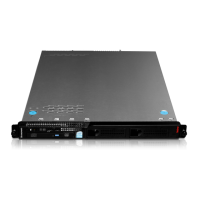
